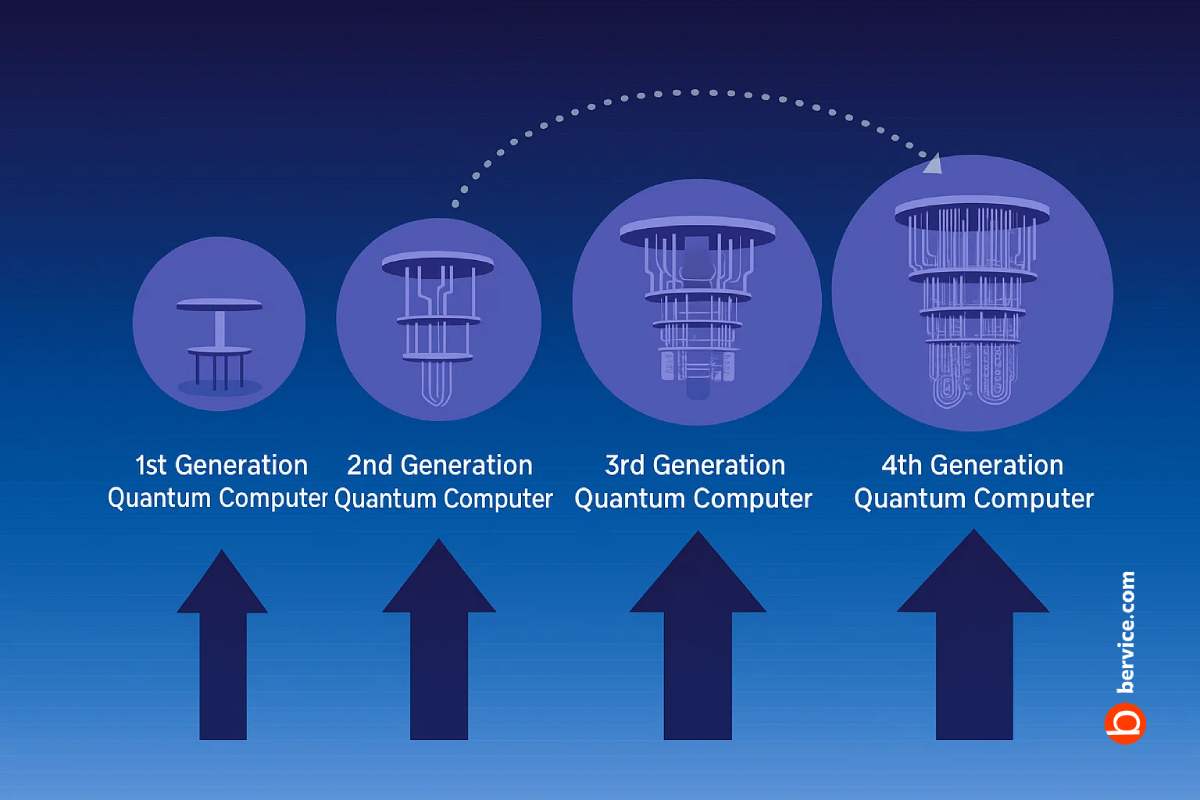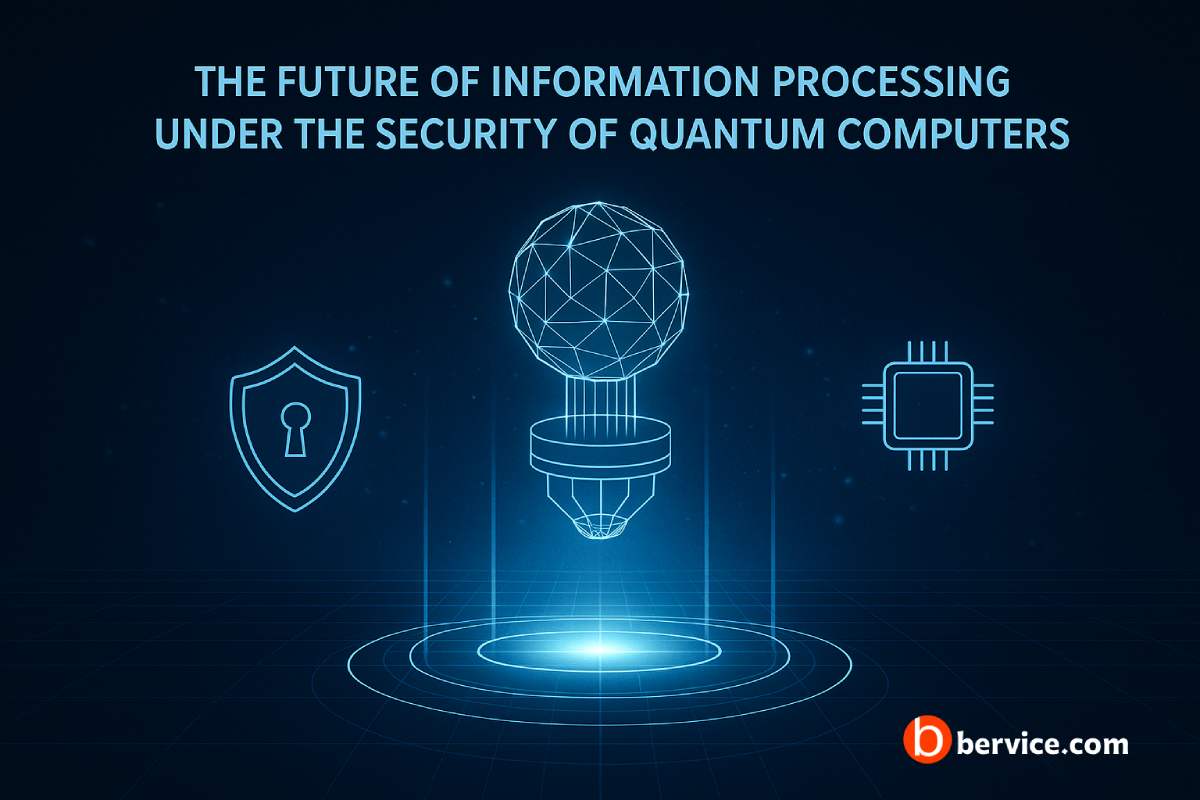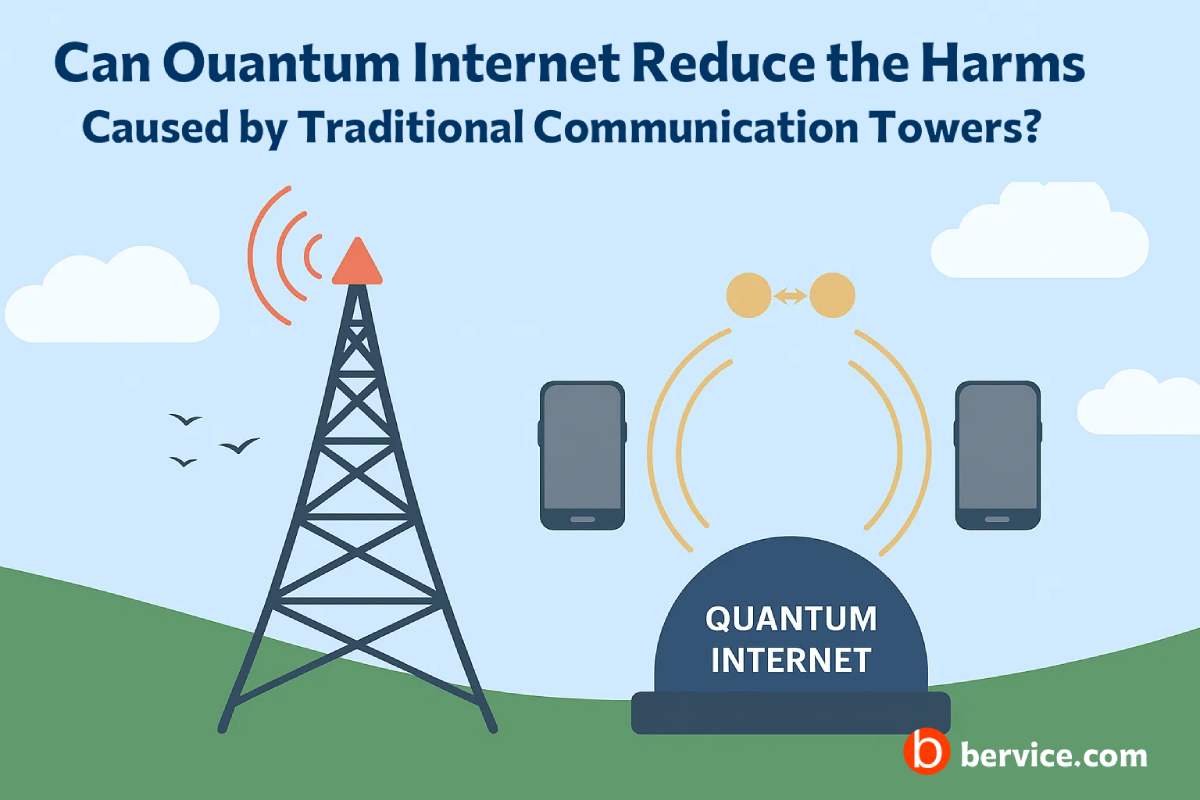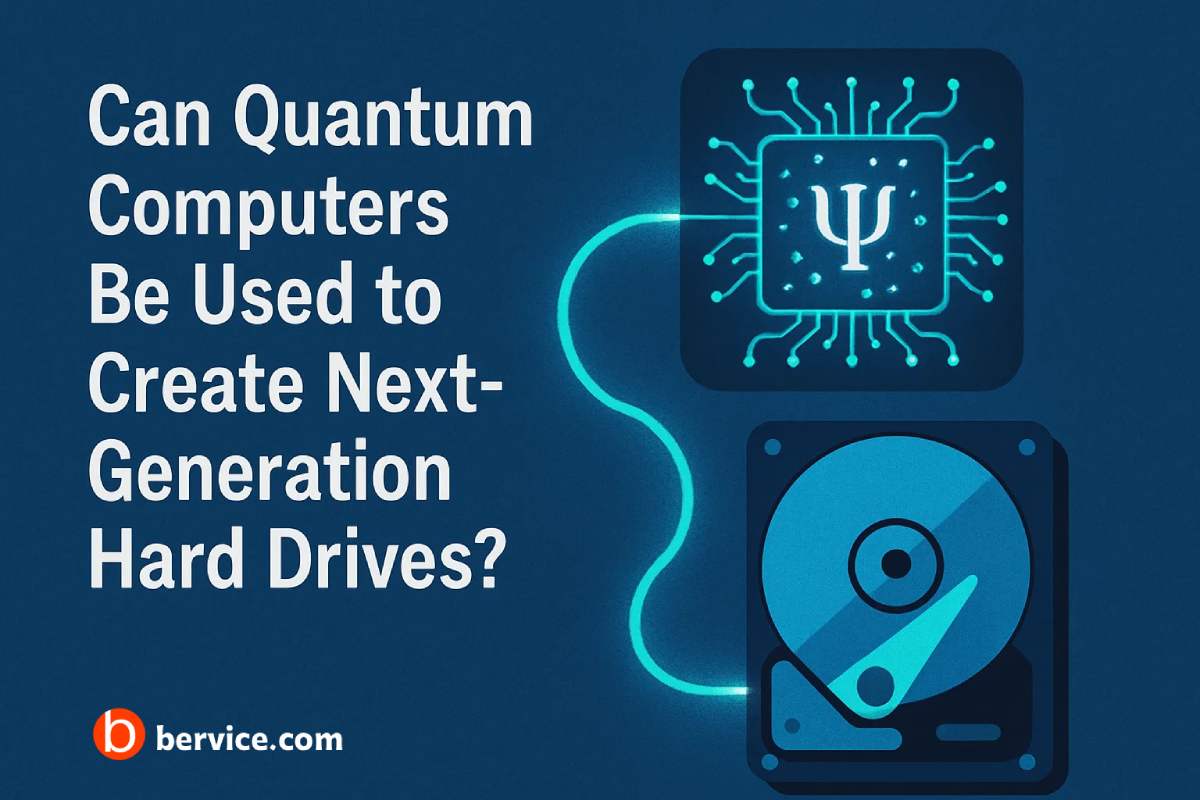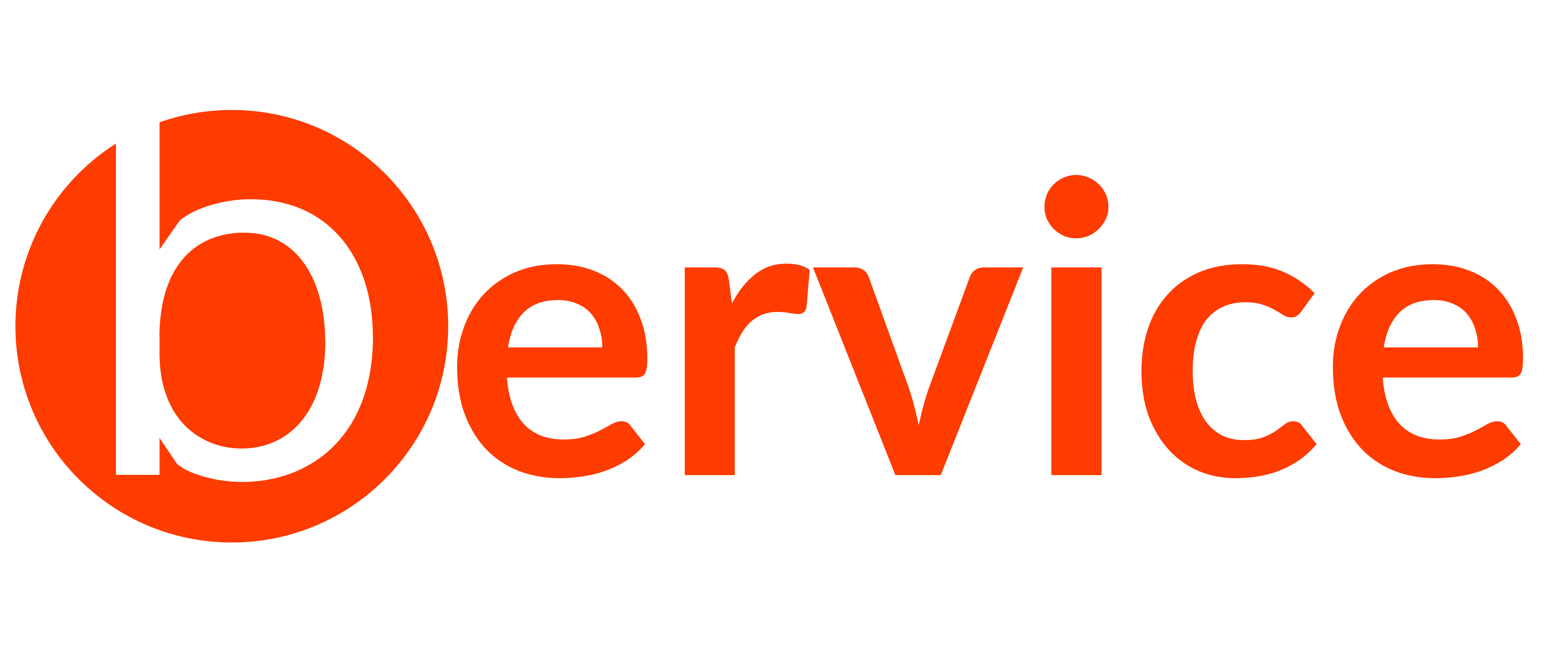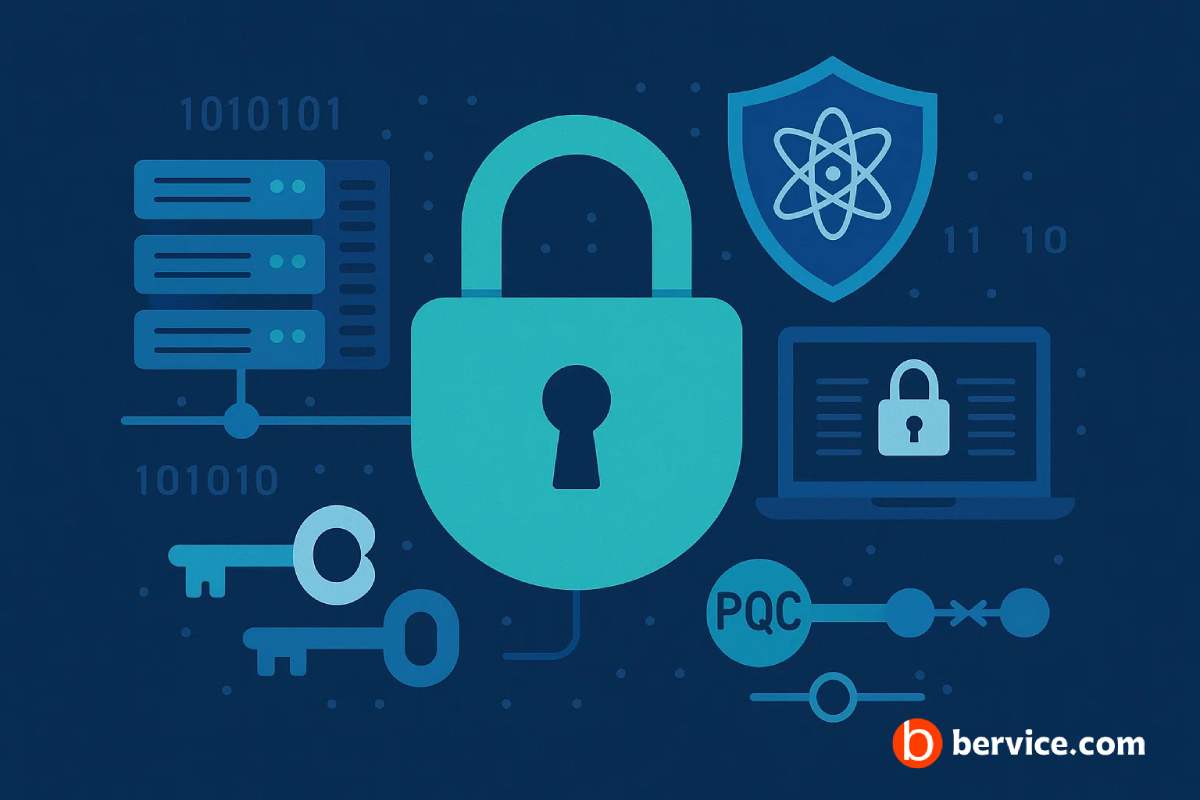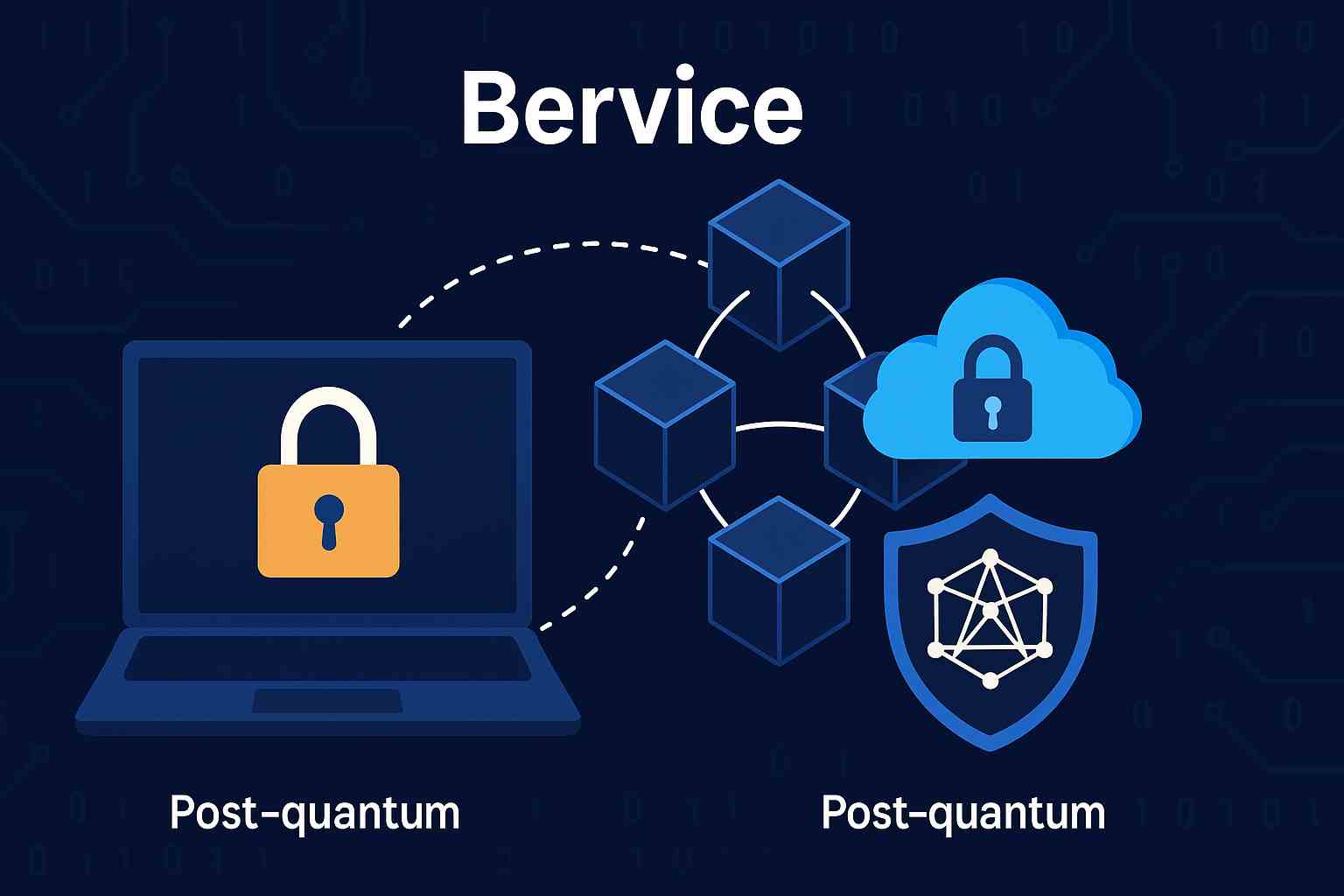
In today’s rapidly evolving technological landscape, secure information transfer is more critical than ever. Traditional methods of data transfer are susceptible to various security threats, including hacking, data breaches, and unauthorized access. To address these concerns, emerging technologies like blockchain, decentralized storage systems, and post-quantum cryptography offer promising solutions that enhance the security and integrity of data transmission.
1. Blockchain for Secure Information Transfer
Blockchain technology has gained widespread attention for its ability to securely transfer information without the need for centralized intermediaries. At its core, a blockchain is a distributed ledger that records transactions across many computers in a way that ensures the data cannot be altered retroactively without the alteration of all subsequent blocks, requiring network consensus.
Key characteristics of blockchain that contribute to secure information transfer include:
- Immutability: Once data is recorded on a blockchain, it cannot be changed, making it highly resistant to tampering.
- Decentralization: Unlike traditional centralized systems, blockchain operates in a decentralized manner, meaning no single entity controls the data. This reduces the risk of single-point failures or unauthorized data access.
- Transparency and Traceability: Blockchain provides a transparent system where all transactions are visible to participants, ensuring traceability and accountability in data exchanges.
- Cryptographic Security: Blockchain uses cryptographic techniques, such as public-key cryptography, to secure data and ensure that only authorized parties can access or modify it.
2. Decentralized Storage Systems
Traditional cloud storage systems rely on centralized servers to store data, which makes them vulnerable to hacking and unauthorized access. Decentralized storage systems aim to overcome this limitation by distributing data across multiple nodes in a network. This means that data is not stored in a single location, but instead, it is fragmented and distributed to various nodes, making it more resilient to attacks.
The main features of decentralized storage systems include:
- Redundancy: Data is duplicated across different nodes, ensuring that it remains accessible even if some nodes go offline or are compromised.
- Encryption: Files are encrypted before they are stored, providing an additional layer of security against unauthorized access.
- Distributed Control: Since there is no central authority, decentralized storage systems are less prone to attacks that target central servers or data centers.
- Improved Privacy: Users have control over their data, ensuring that only they can decrypt and access it.
Popular decentralized storage systems include IPFS (InterPlanetary File System), Filecoin, and Storj, each offering unique ways to store and retrieve data securely.
3. Post-Quantum Cryptography
The emergence of quantum computing presents a potential threat to current cryptographic algorithms that are widely used to secure data. Quantum computers, once they are sufficiently developed, could break traditional encryption methods such as RSA and ECC (Elliptic Curve Cryptography) by using algorithms like Shor’s algorithm to solve mathematical problems exponentially faster than classical computers.
To safeguard against this future threat, post-quantum cryptography (PQC) is being developed. Post-quantum cryptography refers to cryptographic algorithms that are resistant to attacks from quantum computers. These algorithms are designed to provide security even in a world where quantum computers exist.
Some of the most promising post-quantum cryptographic techniques include:
- Lattice-based cryptography: These algorithms rely on problems related to lattice structures, which are believed to be difficult for quantum computers to solve efficiently.
- Code-based cryptography: This approach uses error-correcting codes to create cryptographic systems that are resistant to quantum attacks.
- Multivariate polynomial cryptography: This involves the use of multivariate polynomials to create encryption schemes that are secure against quantum attacks.
- Hash-based cryptography: Hash functions are used to create digital signatures that are resistant to quantum decryption techniques.
The integration of post-quantum cryptography with blockchain systems and decentralized storage solutions is crucial for future-proofing data security. It ensures that even as quantum computers advance, the information stored and transferred via blockchain and decentralized systems remains secure.
4. Synergy Between Blockchain, Decentralized Storage, and Post-Quantum Cryptography
The combination of blockchain, decentralized storage systems, and post-quantum cryptography offers a highly secure and robust framework for information transfer. Each of these technologies complements the others, creating a more secure environment for data transmission and storage:
- Blockchain ensures the integrity and immutability of the data, making sure that once data is added to the system, it cannot be altered.
- Decentralized storage adds redundancy and protection, distributing the data across various nodes to prevent centralized failures or breaches.
- Post-quantum cryptography future-proofs the system by ensuring that the cryptographic algorithms used in these systems remain secure even in the face of quantum computing advancements.
By combining these technologies, we can build a secure and resilient information transfer system capable of protecting sensitive data against both current and future threats.
Conclusion
The future of secure information transfer lies in the integration of blockchain, decentralized storage systems, and post-quantum cryptography. These technologies, when combined, offer a highly secure and resilient framework for ensuring that data remains safe and unaltered during transfer and storage. As quantum computing becomes a reality, the importance of post-quantum cryptography will only grow, making it essential for developers and organizations to adopt these emerging technologies to safeguard sensitive information in the years to come.
Connect with us : https://linktr.ee/bervice
